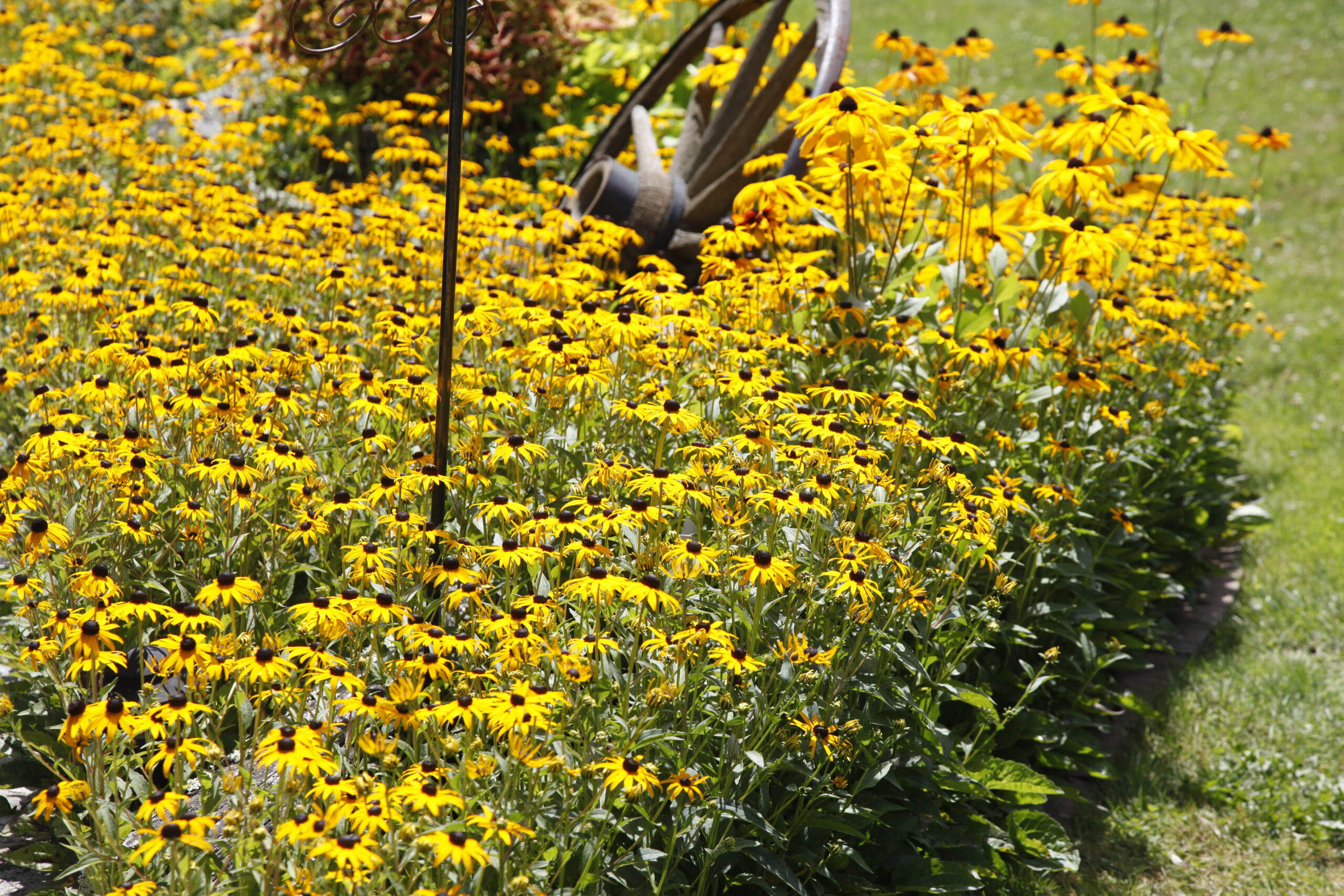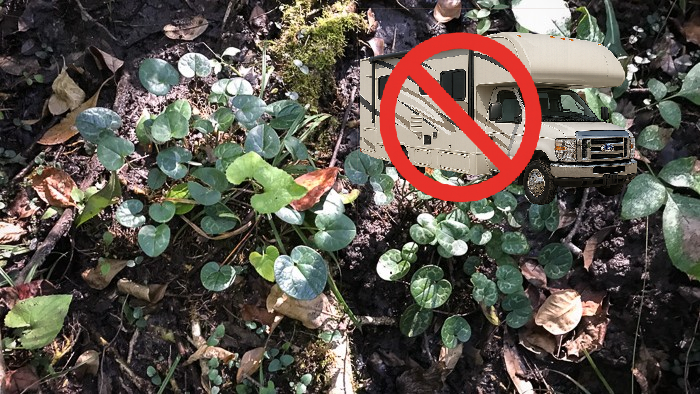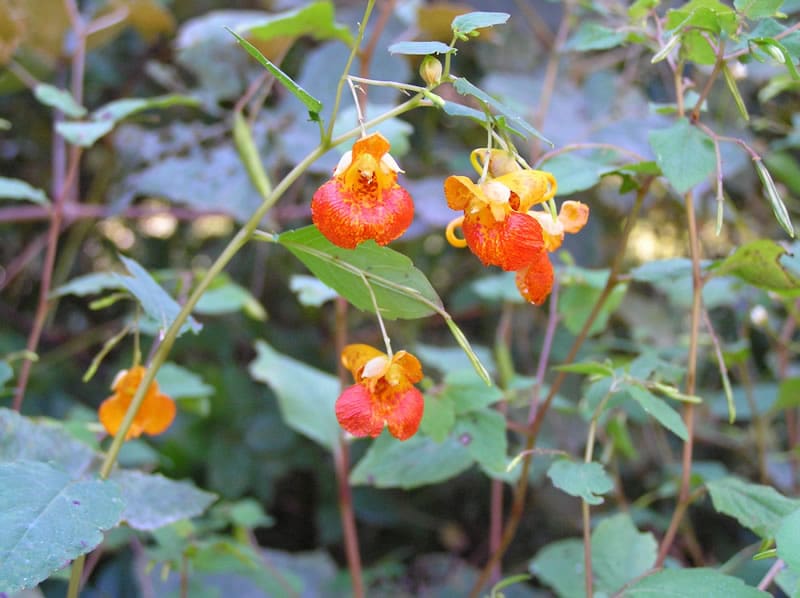For the best shot at success, follow the “right plant, right place” rule. Pick a palette of native plants whose preferences and tolerances best fit the sun, soil, and water characteristics you’ve observed on your site. Match plants to site conditions instead of the other way around. Attempting to modify soils is always a lot of work, and often a losing battle. Why waste time and money on irrigation and fertilization to try to keep “the wrong plant” alive where it’s not happy? Plus, an overly enriched and irrigated soil often triggers a proliferation of weeds.
When selecting plants, you should also consider their growth rate and mature sizes, whether their features will accomplish your landscaping goals, and of course availability.
Luckily, there are loads of resources to help you select appropriate native plants. The new SCNPS Native Plant Directory includes native plants suitable for South Carolina home gardens, as well as plants you’ll encounter in our natural areas, preserves, and parks. As the Directory grows, you’ll be able to search for a specific plant or filter the list by various criteria to zero in on plants for your project. Other excellent resources include:
- The North Carolina Extension Gardener Plant Toolbox (filter by Whole Plant Traits: Plant Type: Native)
- Clemson’s Carolina Yards database
- Ladybird Johnson Wildflower Center native plants of the US database, which can be sorted by state and other fields.
- The Southeast Native Plant Primer by Larry Mellichamp & Paula Gross
- A Guide to the Wildflowers of South Carolina by Richard Dwight Porcher and Douglas Alan Rayner
Aim for a variety of native plants that will provide beauty (and sustenance for wildlife) in all seasons. Include a wide range of plant types, sizes, and textures, such as trees, grasses, shrubs, vines, and wildflowers, to create visual interest and habitat spaces. Group plants with similar growing requirements. Observing natural plant communities can provide clues about plants that may thrive together in your garden.
What’s in a Plant Name?
Common names for plants can vary from region to region, and sometimes the same common name is shared by two (or more) completely different plants. For example, multiple plants are commonly referred to as coneflowers.
To avoid misunderstanding, try to use scientific names. Every plant (and animal) species has a scientific name composed of two parts, for example Rudbeckia fulgida. The first part refers to the genus, and there can be multiple plant species within the same genus. The second part is the specific epithet. The two names together refer to one specific species. In case you’re wondering, common names for Rudbeckia fulgida include orange coneflower, common Eastern coneflower, or perennial black-eyed Susan.
For some native plants, stores may also sell cultivars (cultivated varieties). These are labeled using the scientific name, followed by a cultivar name in single quotation marks (such as Rudbeckia fulgida ‘Goldstrum’). Cultivars have physical characteristics that differ from the natural “straight species,” such as flower shape, foliage color, or compact overall size. These differences appeal to humans but may in some cases reduce their value to wildlife.




